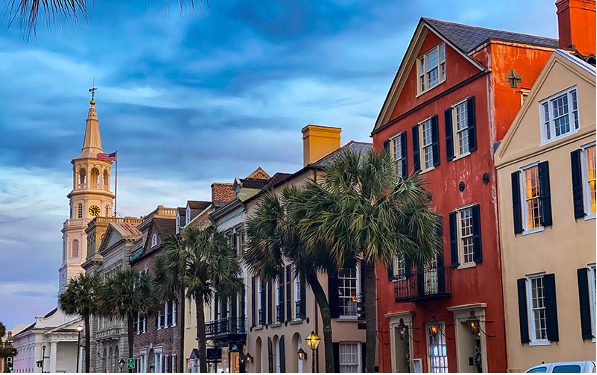Reimagining the Lowcountry: Architecture and Landscape Design in Coastal South Carolina
The relationship between architecture and the natural environment is a key component of Lowcountry design, which South Carolina’s unique coastal landscape has long shaped. From the early plantation homes to modern waterfront developments, architects have had to consider how their buildings interact with the region’s marshes, rivers, and beaches.
One defining feature of Lowcountry architecture is its emphasis on outdoor living spaces, such as wide porches and piazzas that blur the lines between indoors and outdoors. This design approach allows for natural ventilation in the humid climate and creates a stronger connection between residents and the surrounding environment.
Landscape design also plays a crucial role in the Lowcountry aesthetic. Many homes are surrounded by live oaks draped with Spanish moss, and native plants are often used to enhance the site’s beauty and sustainability. In recent years, architects have placed a greater emphasis on environmentally conscious design, incorporating sustainable materials and energy-efficient systems to minimize the impact of new developments on the fragile coastal ecosystem.
The result is an architectural tradition that celebrates the beauty of the Lowcountry while promoting environmental stewardship.
For more on this topic, see: Regional Design: Charleston and the South Carolina Lowcountry

Charleston, SC

